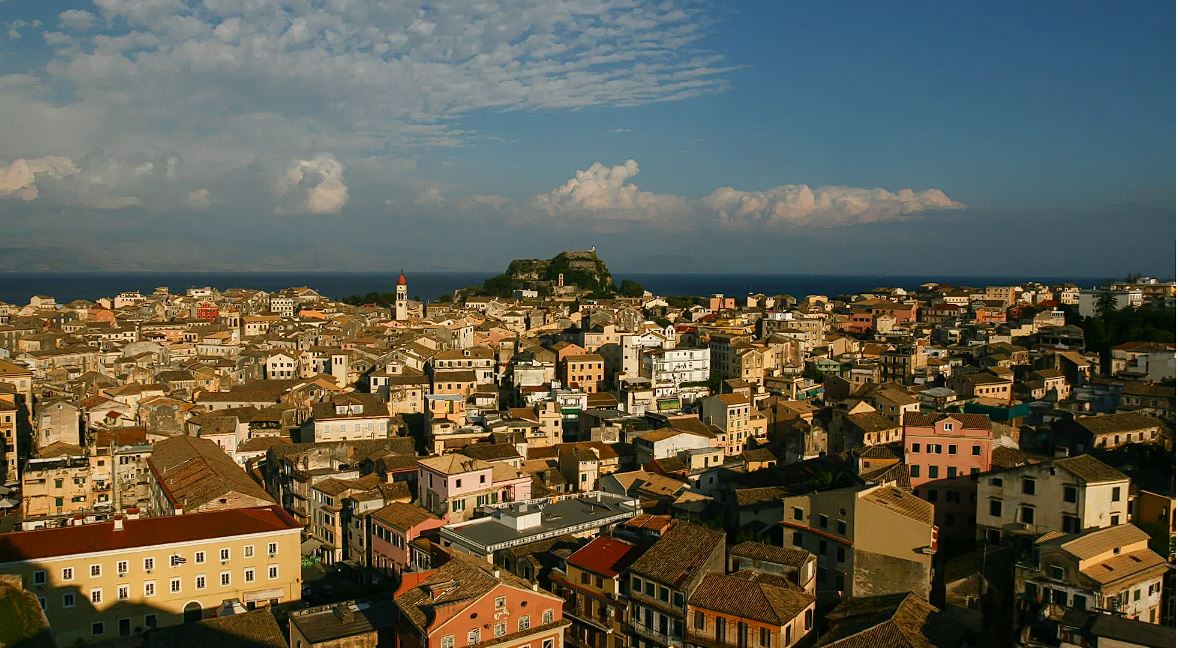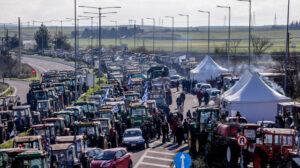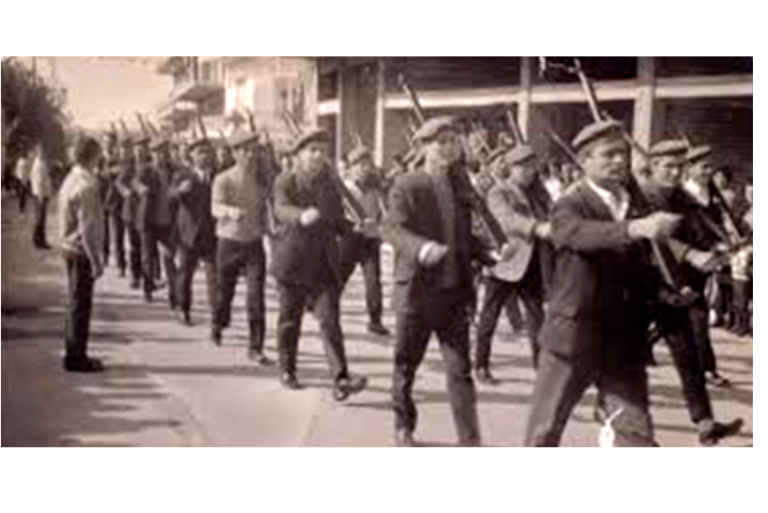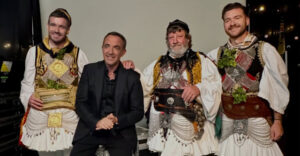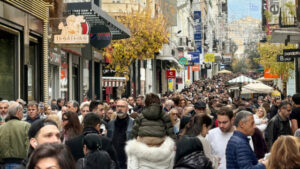For centuries, grandeur and quaintness have combined in Corfu’s Old Town, creating a unique blend of architectural styles. Recognized as a UNESCO World Heritage Site, the island’s capital features architectural masterpieces alongside folk neighborhoods, majestic monuments beside narrow alleys, and spacious squares amid staircases, with the blue sea contrasting the pastel and reddish hues of old buildings.
Influences from various European cultures have shaped the island’s distinctive character and history. Visitors are captivated by the charm and unique atmosphere of Corfu’s Old Town, which becomes even more enchanting during Easter, when spectacular customs unfold in Liston, Spianada, Plakada, alleyways, and numerous Corfiot churches.
A brief walk through the city reveals an impressive number of small and large temples. Often neighboring each other, they raise their intricate bell towers towards the Corfiot sky. The marble-decorated entrance gates invite passers-by to explore each temple’s history, showcasing the remarkable number of worship spaces in Corfu, a place that never experienced Ottoman rule.
In contrast, it remained a free Christian land, without religious oppression, as evidenced by the numerous churches that uniquely blend Byzantine and Catholic elements in their design. The remarkable “heavens,” or ceilings of the churches, the built-in shrines (with the right one always dedicated to the church’s patron saint and the left one to another saint, honored secondarily), the four-part psalm chants accompanied by a church organ, and the renowned Renaissance pews are all distinctive features worth exploring and observing in the Corfiot churches.
more at travel.gr
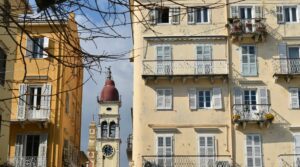
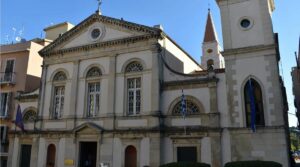
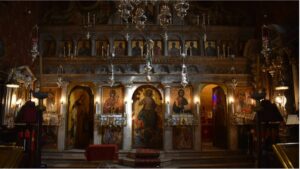
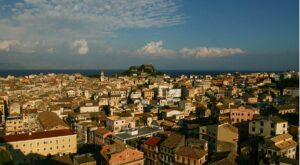
photo credit Arietta Pouliou
Ask me anything
Explore related questions
